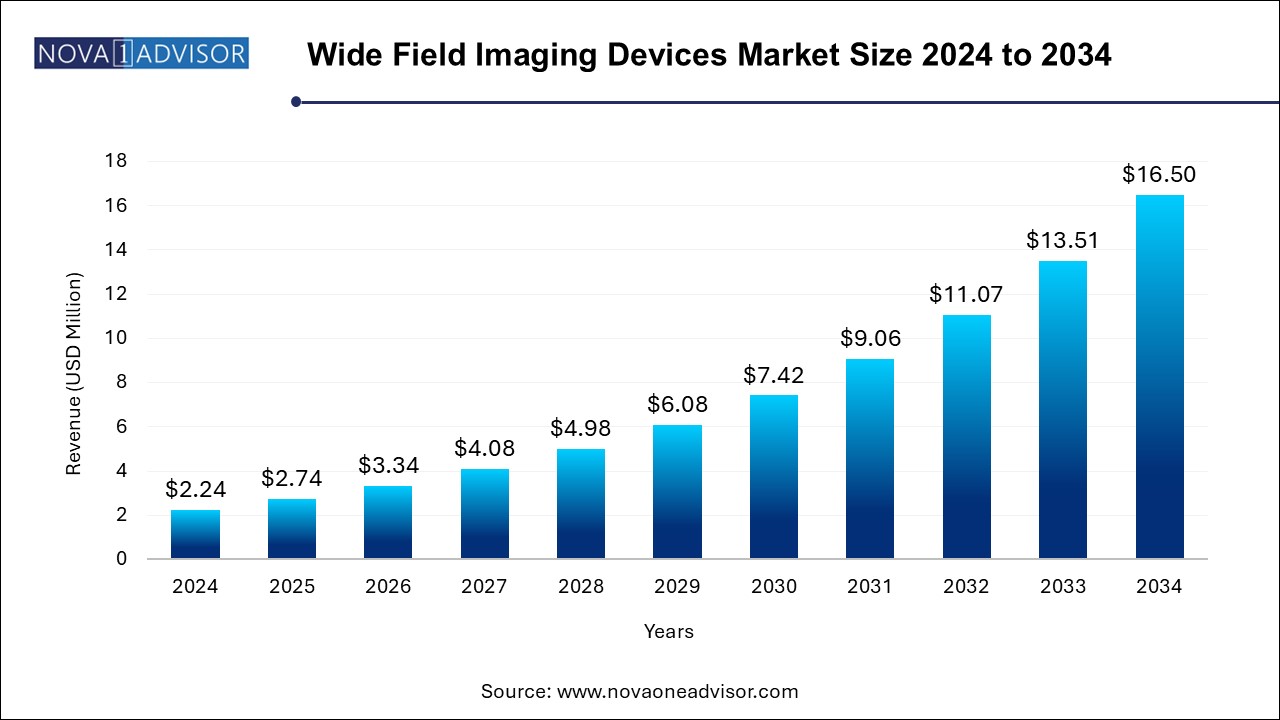The global whole genome sequencing market size was exhibited at USD 1.85 billion in 2022 and is projected to hit around USD 11.54 billion by 2032, growing at a CAGR of 20.09% during the forecast period 2023 to 2032.

Key Pointers:
- The consumables segment dominated the market with the largest market share of 61.59% in 2022.
- The services segment is expected to witness the fastest CAGR of 22.41% during the forecast period.
- The large whole genome sequencing held the largest market share of 77.39% in 2022
- The small whole genome sequencing segment is expected to witness the fastest growth at a CAGR of 22.25% during the forecast period.
- The sequencing segment held the largest market share of 52.19% in 2022.
- Data analysis is projected to witness the fastest growth with a CAGR of 21.38% during the forecast period.
- The human whole genome sequencing segment dominated the market with the largest revenue share of 62.95% in 2022.
- The microbial whole genome sequencing market is expected to witness the fastest growth at a CAGR of 21.21% during 2023-2032.
- The academic & research institutes segment held the largest market share of 48.75% in 2022.
- Hospitals & clinics are projected to witness the fastest growth at a CAGR of 22.23% during the forecast period.
- North America held the largest market share of 51.39% in 2022
- Asia Pacific region is anticipated to witness the fastest CAGR of 22.62% during the forecast period.
Whole Genome Sequencing Market Report Scope
|
Report Coverage
|
Details
|
|
Market Size in 2023
|
USD 2.22 Billion
|
|
Market Size by 2032
|
USD 11.54 Billion
|
|
Growth Rate from 2023 to 2032
|
CAGR of 20.09%
|
|
Base year
|
2022
|
|
Forecast period
|
2023 to 2032
|
|
Segments covered
|
Product, Type, Workflow, Application, End-use
|
|
Regional scope
|
North America; Europe; Asia Pacific; Central and South America; the Middle East and Africa
|
|
Key companies profiled
|
Illumina; Inc.; Thermo Fisher Scientific, Inc.; Oxford Nanopore Technologies; Pacific Biosciences of California, Inc.; BGI; QIAGEN; Agilent Technologies; ProPhase Labs Inc. (Nebula Genomics); Psomagen; Azenta US Inc.; (GENEWIZ)
|
The market growth can be attributed to the rising adoption of the whole genome sequencing for genome mapping programs and the increasing prevalence of inherited disorders, including rare genetic disorders. According to the study published in the New England Journal of Medicine in November 2021, whole genome sequencing could lead to the early diagnosis of a wide range of rare diseases and a reported transition to precision medicine.
Furthermore, the growing investment in R&D for the early detection and treatment of disorders with the aid of WGS is expected to propel the growth of the market. For instance, in February 2023, the government of Indonesia and the Genome Science Initiative, with the aid of USD 30 million investment from the Global Fund, established a network of facilities to perform the method for the early detection and treatment of disorders, including COVID-19, tuberculosis, cancer, genetic disorders, brain diseases, and metabolic disorders.
Whole genome sequencing has a wide range of applications, and government bodies are adopting these technologies for sequencing the genomes of humans, plant, animal, and microbes, which is expected to drive market growth. For instance, U.S. Food & Drug Administration (FDA) adopted the method to identify foodborne pathogens during foodborne disease outbreaks across the countries. The FDA has adopted this technology since 2008 under the Whole Genome Sequencing (WGS) program as it enables it to distinguish all strains of foodborne pathogens more efficiently than pulse-field gel electrophoresis (PFGE).
The rising technological advancements have led to the launch of innovative the whole genome sequencing products that offer an affordable, accurate, and timely diagnosis of various diseases and infections. This is contributing to the growth of the market. For instance, in December 2022, LifeCell International Pvt. Ltd. collaborated with HaystackAnalytics to launch ?TB, a whole genome sequencing test to identify the diagnostic information on tuberculosis infections and tackle the drug resistance challenge.
The COVID-19 pandemic led to an increased demand for the method globally, which enabled the rapid identification of SARS-CoV-2 and the development of possible diagnostic tests to manage the outbreak. Hence, governments across the globe collaborated with research organizations and the corporate sector to use the method to identify and diagnose SARS-CoV-2. Several companies have launched genomic services and rapid solutions for the surveillance of the SARS-CoV-2 virus. For instance, QIAGEN offers the whole genome sequencing services SARS-CoV-2 surveillance for the identification of potent mutants, tracing of possible outbreaks, and advancement of vaccine research and drug development.
Some of the prominent players in the Whole Genome Sequencing Market include:
- Illumina, Inc.
- Thermo Fisher Scientific, Inc.
- Oxford Nanopore Technologies
- Pacific Biosciences of California, Inc.
- BGI
- QIAGEN
- Agilent Technologies
- ProPhase Labs, Inc. (Nebula Genomics)
- Psomagen
- Azenta US, Inc. (GENEWIZ)
Segments Covered in the Report
This report forecasts revenue growth at global, regional, and country levels and provides an analysis of the latest industry trends in each of the sub-segments from 2018 to 2032. For this study, Nova one advisor, Inc. has segmented the global Whole Genome Sequencing market.
By Product
- Instruments
- Consumables
- Services
By Type
- Large Whole Genome Sequencing
- Small Whole Genome Sequencing
By Workflow
- Pre-sequencing
- Sequencing
- Data Analysis
By Application
- Human Whole Genome Sequencing
- Plant Whole Genome Sequencing
- Animal Whole Genome Sequencing
- Microbial Whole Genome Sequencing
By End-Use
- Academic & Research Institutes
- Hospitals & Clinics
- Pharmaceutical & Biotechnology Companies
- Others
By Region
- North America
- Europe
- Asia-Pacific
- Latin America
- Middle East & Africa (MEA)

